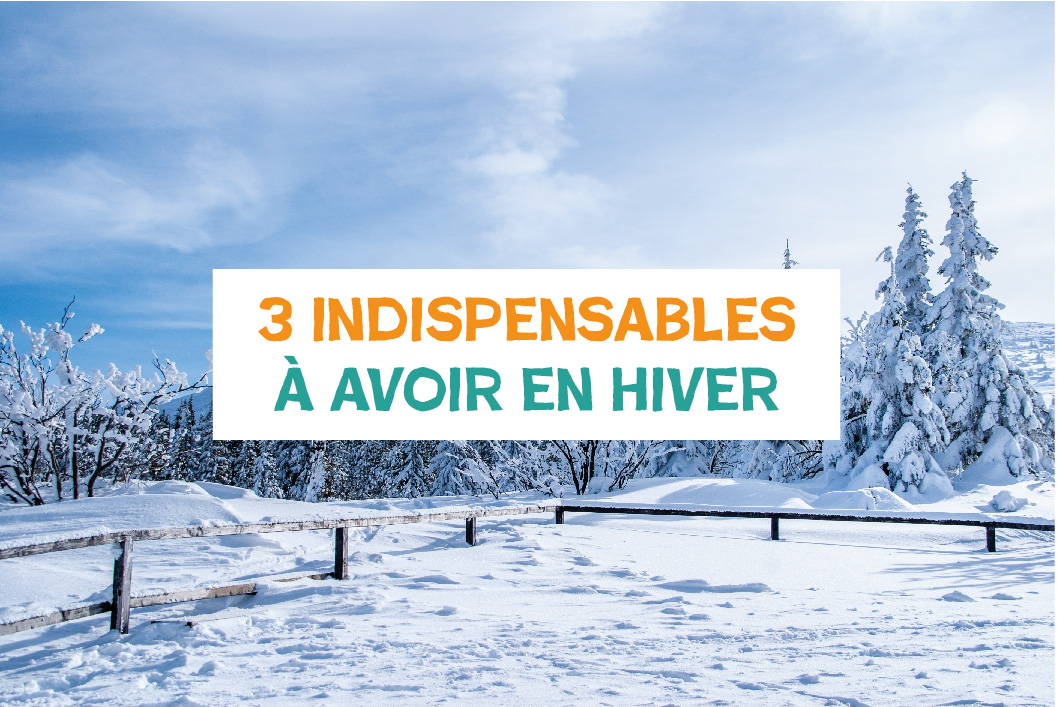Which subjects to photograph
in winter?
Are you taking on the exciting challenge of winter photography?
The winter conditions and unexpected weather surprises will offer you a unique scenery and exceptional shooting opportunities. On the other hand, these expeditions can be difficult to face if you are cold...
We have a few tips to help you capture great images in winter:
Well equip yourself
Get dressed and be warm
If you don't want to ruin your photography day by getting sick, you need to be warm ! It is essential to protect your hands and face with gloves, hat and scarf to stay warm during the photography sessions. In addition to warm clothes, take a thermos of coffee or hot chocolate with you to warm up during breaks.
The material
A good camera and a quality lens are essential. You can obviously start with cameras adapted for beginners, using the "automatic" mode, but with practice, we recommend you to adjust your camera manually for more magic in your shot, and moreover you will be more proud of yourself! You can also take pictures with your smartphone (long live technology).
We also recommend using a tripod to stabilize your camera and avoid camera shake. This tool will also be useful for shooting night scenes or in low light, by setting a slower shutter speed to get a sharp image, but that's when you know your camera a little better.


The light
Light is a key element and a big challenge in winter wildlife photography. As you know, the days are shorter, you have less light time, so it's hard to get a sharp, detailed image. You can also get great shots at night, but it is a very big challenge for you if you are a beginner. The light of dusk and dawn can also be very pleasant, as it creates soft shadows and a nice contrast. It reflects off the snow and can easily dazzle you, so take into account this large amount of light coming into the lens so that the picture is not overexposed.
Playing with its environment
Don't hesitate to go out early in the morning to take advantage of the frost still present on the vegetation.
You can play with snow, ice or water to create original and beautiful images. These elements can be used to highlight the animals and their environment, creating reflections or contrasts, be creative!
The respect
Of course, it is important to respect the fauna and flora and not to disturb the animals during the shooting. We also recommend that you do not get too close to the wild animals so as not to scare them or put you both in danger.
Patience and perseverance
Finally, it is important to take the time to plan and prepare each shot. Watch the animals and wait for the right moment to capture their behavior and expression.
To marvel external elements
Where to find animals?
You may have a hard time finding animals in winter because they are often hidden or hibernating. The choice of location is crucial for winter wildlife photography. Parks, nature reserves, mountains, off the beaten track, are good places to find wildlife. Birds and mammals roam the wild, although their activity drops dramatically as temperatures drop. Some still hunt, so watch out for tracks and footprints, and watch out for yourself, don't be their target!
True story : Julien, the creator of Tchao Tchao, went hiking in the mountains for a few days. He was sleeping peacefully in his converted car when he was woken up by wolves, just like in the tales. When he got out of the car, the pack escaped. Julien felt very lucky to have been so close to a species that is believed to be harmful to humans.
The bait
You can find small birds or other animals around the van, without moving too much from the car. Winter is a difficult season for animals because food is becoming scarce. You can attract them by scattering crumbs from your meals or by putting water troughs, these baits attract the animals, but be careful not to do anything, because a poorly maintained feeder or unsuitable food could lead to serious diseases for our little feathered friends. And most importantly, stop feeding as soon as the temperatures start to rise again, so as not to create a dependency. While they are feasting or walking around the car, you can take the opportunity to take some pictures.
We also want to introduce you to the BirdNet application, an application that allows you to know the songs of the birds around you. By photographing or recording them, you also help to collect observations. By being geolocated, you participate in the observation and census of birds in real time.

In summary, wildlife photography in winter can be a challenging but also a very rewarding experience. You find yourself alone to observe what's around you, these landscapes so quiet and peaceful. If you are willing to face the cold and be patient, you will be able to capture unique and memorable images of winter wildlife. Keep in mind that you are in its natural environment, you came to camp and to get a change of scenery, you must respect its environment and its place of life. Think of the BirdNet application to participate in the saving of birds! And take some time to observe life and landscapes off camera. Give us your best winter photo tips in comments.




